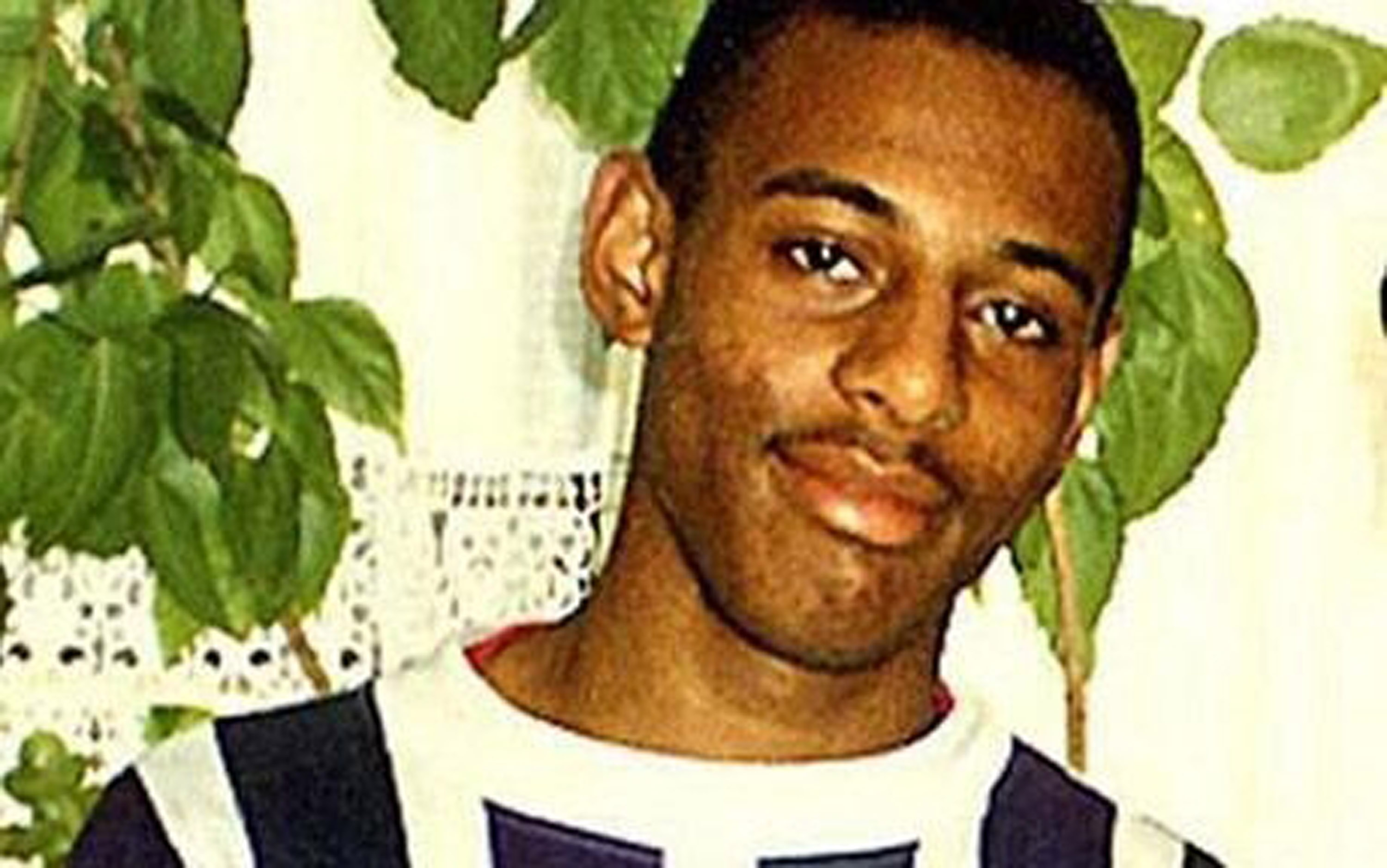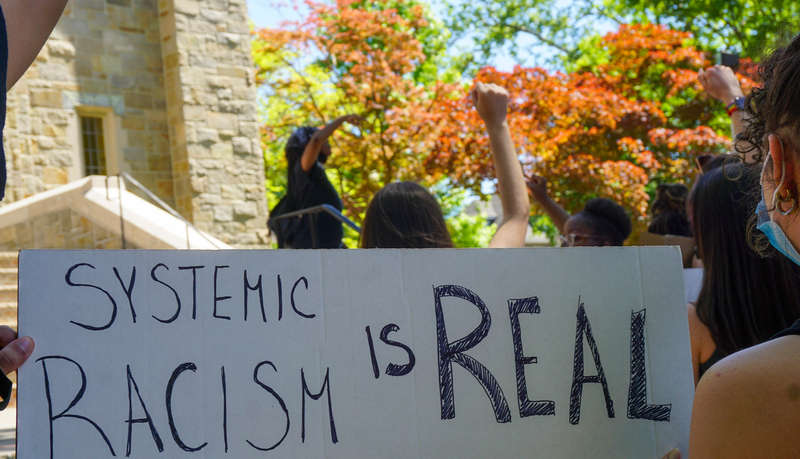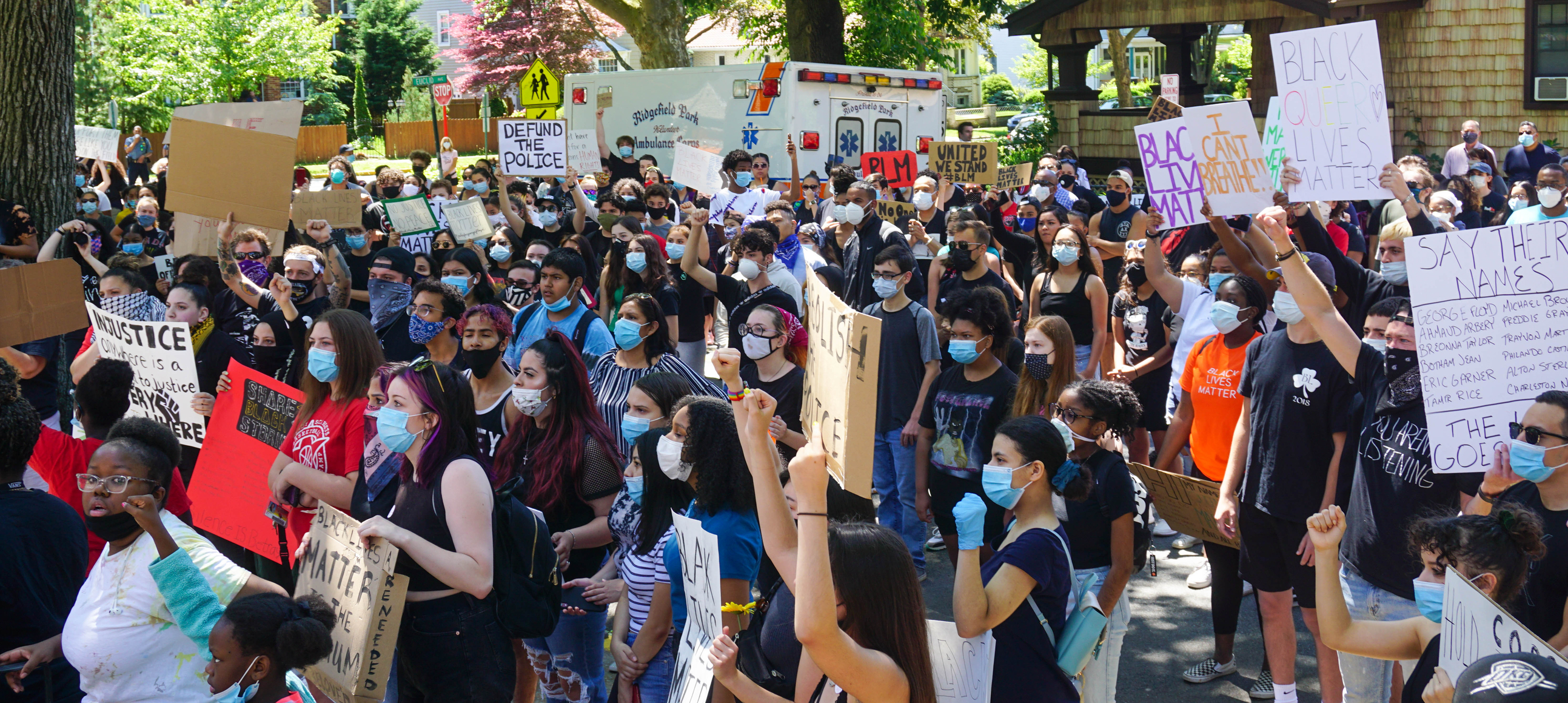In the aftermath of the killing of George Floyd by police officers in the US, the OU Open Justice Centre and OU Law School students, with law school students across eight universities, collaborated and participated on a project that explored race and policing in the US and the UK. The race and policing project focus was, in part, to explore, analyse, and explain the ways race and racism intersect in public institutions and society more broadly. It has also been to explore their connections to racial inequality and the pursuit of social justice. In what ways are race and racism (in a variety of forms) implicated in racial disproportionality in the criminal justice systems and in social and economic inequalities in both countries? The differences in social, educational, health and economic outcomes and experiences vary a great deal in the US and England and Wales based on race. However, they are also based on the intersection of multiple identities and social characterisations (class, gender, religion, sexual orientation, national origin, ability/disability) that confer different experiences of advantage/disadvantage, privilege and discrimination.

A watershed moment in policing in England and Wales occurred with the publication of the MacPherson Report (1999) after the inquiry into the murder of Stephen Lawrence. The Macpherson Report concluded that ‘institutional racism’ was evident in the Metropolitan Police Service. This pronouncement and subsequent acknowledgement by then Commissioner Condon, that the term ‘institutional racism’ was appropriate to explain the situation in the police forces and broader institutions brought the concept to the fore in police reform efforts across England and Wales.
The use of the terms ‘institutional racism’, ‘systemic racism’, and ‘structural racism’ are often used together and sometimes interchangeably to define ‘a system in which public policies, institutional practices, cultural representations, and other norms work in various, often reinforcing ways to perpetuate racial group inequity’ (Aspen Institute).
Ture and Hamilton made an important distinction between overt racial discrimination and hate speech perpetrated by individuals that is commonly understood as ‘racism’ and can be easily observed (termed ‘individual racism’), and the pervasive, everyday racism that ‘originates and operates in established and respected (social) forces, and therefore receives far less public condemnation’. Ture and Hamilton (1967) coined the term ‘institutional racism’ in their seminal work Black Power: Politics of Liberation in America. In this work, Ture and Hamilton made an important distinction between overt racial discrimination and hate speech perpetrated by individuals that is commonly understood as ‘racism’ and can be easily observed (termed ‘individual racism’), and the pervasive, everyday racism that ‘originates and operates in established and respected (social) forces, and therefore receives far less public condemnation’ (p. 5). In the field of sociology, Ture and Hamilton’s work influenced shifts in scholarship from ‘locating racism in individual beliefs and attitudes to considering it as primarily a phenomenon of higher-level entities, such as social processes, social forces, and institutions’ (Clair and Denis, 2015, p. 858). Moreover, ‘rather than explaining racial inequality via individual-level racism (conscious or otherwise), theories of institutional racism give analytic primacy to the taken-for granted policies, practices, and norms of organizations, systems, and structures… and refers to particular and general instances of racial discrimination, inequality, exploitation, and domination in organizational or institutional contexts, such as the labour market or the nation-state’ (p. 858).
Ture and Hamilton go on to explain ‘institutional racism’ in part as relying on ‘the active and pervasive operation of anti-Black attitudes and practices’ (p. 5) within society at large, in the US legal system, and throughout institutional settings, such as educational systems, the criminal justice system, housing, etc. This is based on broad, majoritarian narratives that promote and perpetuate White supremacy and power as well as the normativity of ‘Whiteness’ (for more discussion of critical Whiteness studies and White supremacy, see Nayak, 2007 and Applebaum, 2016; for discussion about how this intersects with post-colonial theory, see Williams and Chrisman, 1994; Gandhi, 1998; Loomba, 2005 and for decolonial theory, see Mignolo, 2000; Quijano, 2007; Bhambra, 2014). Moreover, the salient argument is that institutional racism is ‘deeply embedded in established conventions in US society ... even if individual whites did not themselves discriminate against individual blacks’ (Phillips, 2011, p. 173). The critical distinction here is between ‘racism’ as understood as extremist viewpoints and acts of a minority of Whites and how racism operates as a pervasive force that frames our social lives and have ‘real’, often negative, social consequences for BAME communities, operating on a systemic level, privileging Whites, regardless of individual intention or awareness of benefitting from and perpetuating racism (for more discussion of the lived social impacts of systemic racism in the US, see Leonardo, 2013 and for discussion of the Racial Contract see Mills, 1997).

The concept of institutional racism is not without its critics. Even scholars who embrace the concept diverge on many points. However, the common points of agreement are that ‘macrostructural processes, as opposed to individual acts, provide more meaningful explanations of contemporary racial inequality’ (Clair and Denis, 2015, p. 859). Critiques of the concept, prior to its use in the Macpherson Report (1999) include Mason’s (1982) arguments that the term lacks analytical rigour and Williams’s (1985) arguments that the use of the term in popular public discourse has become a ‘catch-all phrase’ that does not provide clarity or guidance for empirical research. Other critiques and rejections post-Macpherson include Civitas’ (Green et al., 2000) publication ‘Institutional Racism and the Police: Fact or Fiction’ which challenges the utility of the concept and emphasises its vagaries. Lea (2000) critiques Macpherson’s definition and use of institutional racism as conflating individual and intentional racism with unconscious racism and bias. Lea argues that individual actions are highlighted over institutional or organisational processes and contends that Macpherson’s use of the term ‘suffers from crucial ambiguity concerning the precise location of the processes which sustain racial discrimination ... and in specifying which institutional dynamics are conducive to racism’ (Lea, 2000, p. 220).
... the outcomes of the Macpherson report resulted in deep divides and vicious debates among police officers, police leadership, politicians, and the general publicWhile the outcomes of the Macpherson Report sent shockwaves across England and Wales and put increased pressure on police forces to demonstrate they were actively addressing ‘institutional racism’ within their forces, it also resulted in deep divides and vicious debates among police officers, police leadership, politicians, and the general public (Souhami, 2014; Phillips, 2011). Moreover, the issues raised by Williams (1985), Mason (1982), and Lea (2000) concerning the conflation of individual racism and forms of organisational and structural racism by Macpherson have made it difficult to analyse whether institutional racism has the potential as a conceptual tool to drive organisational change and to analyse its impact as a ‘lever for reform’ (Souhami, 2014, p. 2). Research has found that despite the stated intentions of the Macpherson Report to delve more deeply into institutional and organisational norms that perpetuate racial inequalities and to move away from a ‘preoccupation with overt racism among police officers’ (Souhami, 2014, p. 2), most police forces were presented with profound challenges regarding how to respond to institutional racism. These challenges of how to direct action ‘inadvertently focused attention on internal police culture’, and this is where reforms efforts were mounted. Souhami (2014) argues that the concept of institutional racism as defined through the Macpherson Report and the subsequent reform efforts it mobilised within police forces in the UK, failed to influence and direct attention to institutional dynamics that may be perpetuating racism.







Rate and Review
Rate this article
Review this article
Log into OpenLearn to leave reviews and join in the conversation.
Article reviews